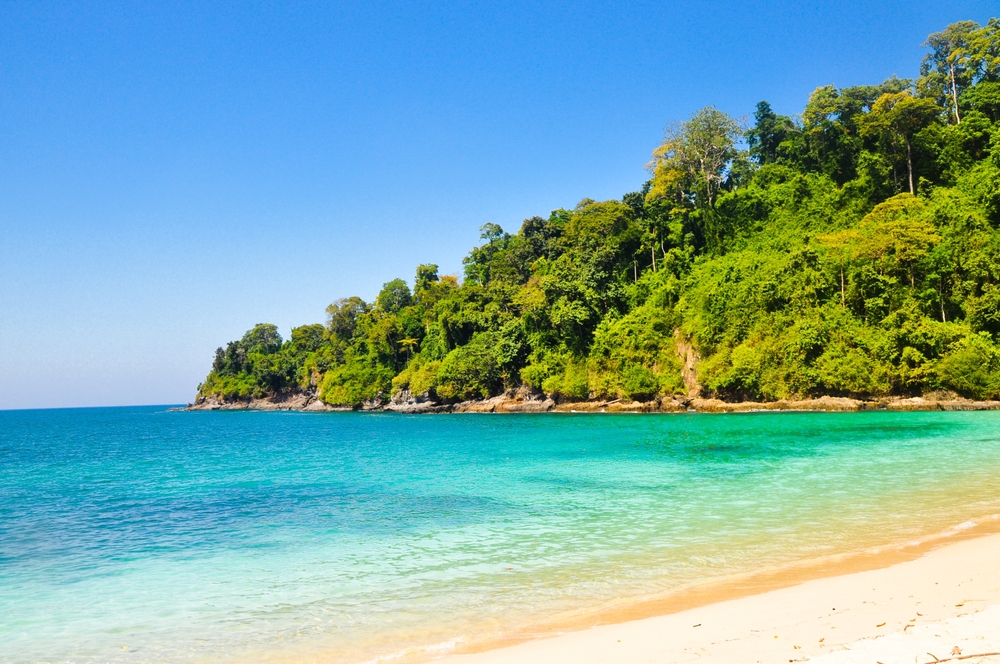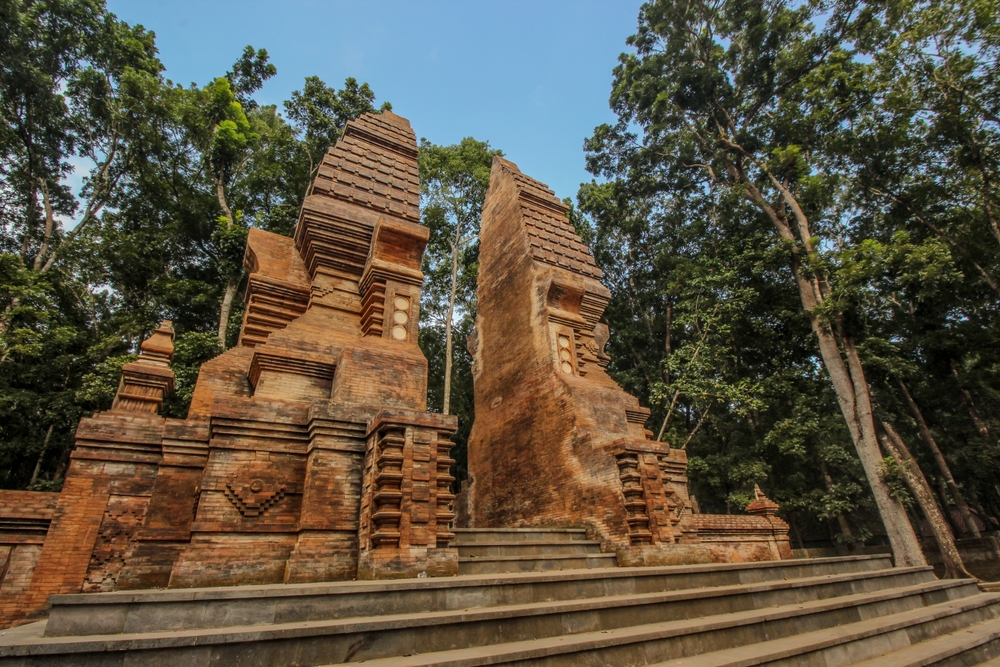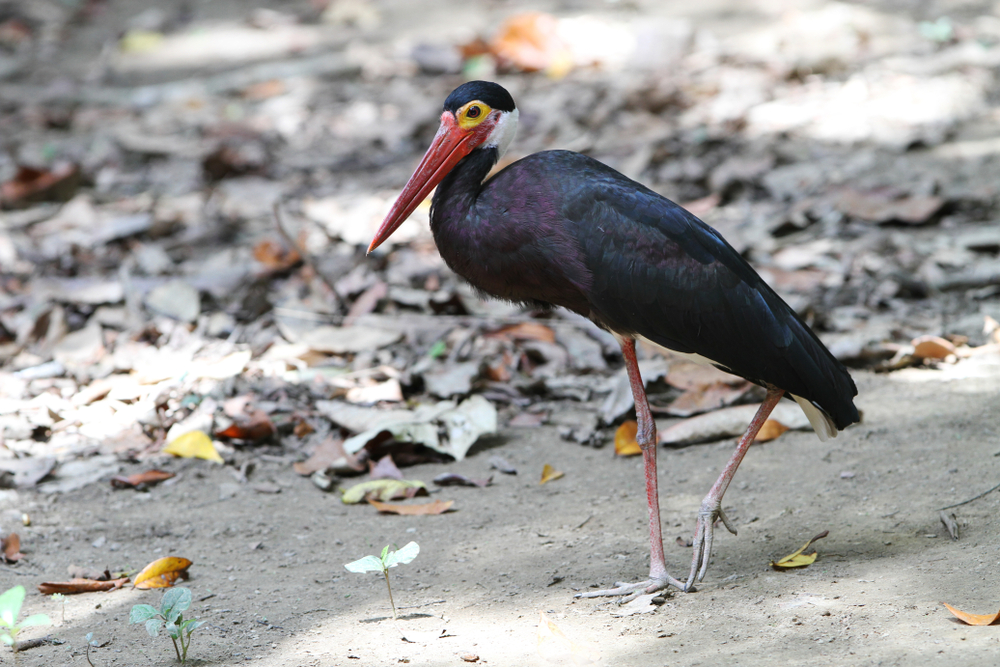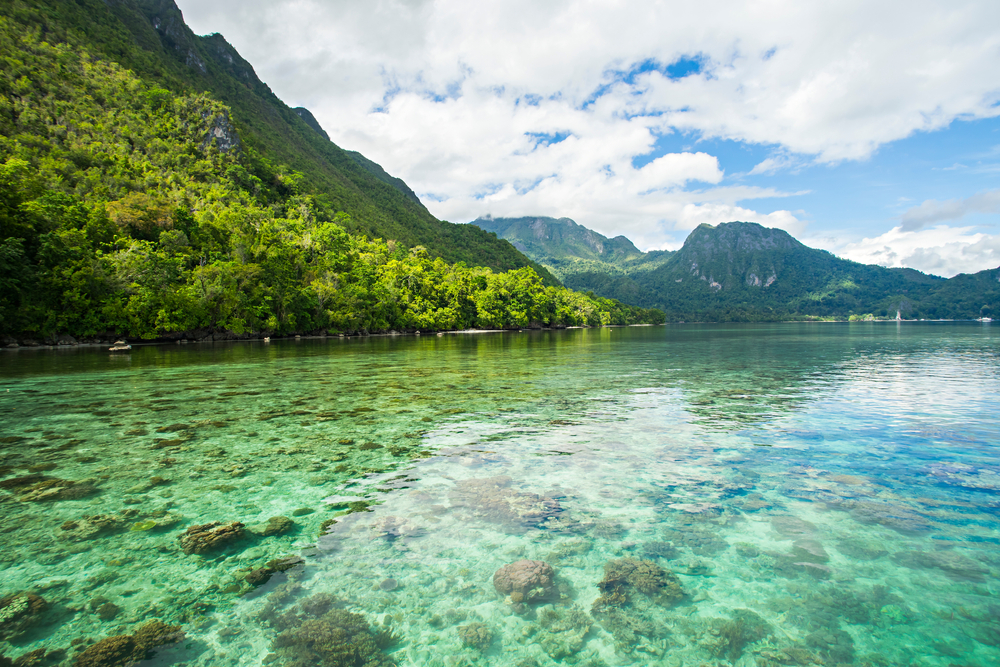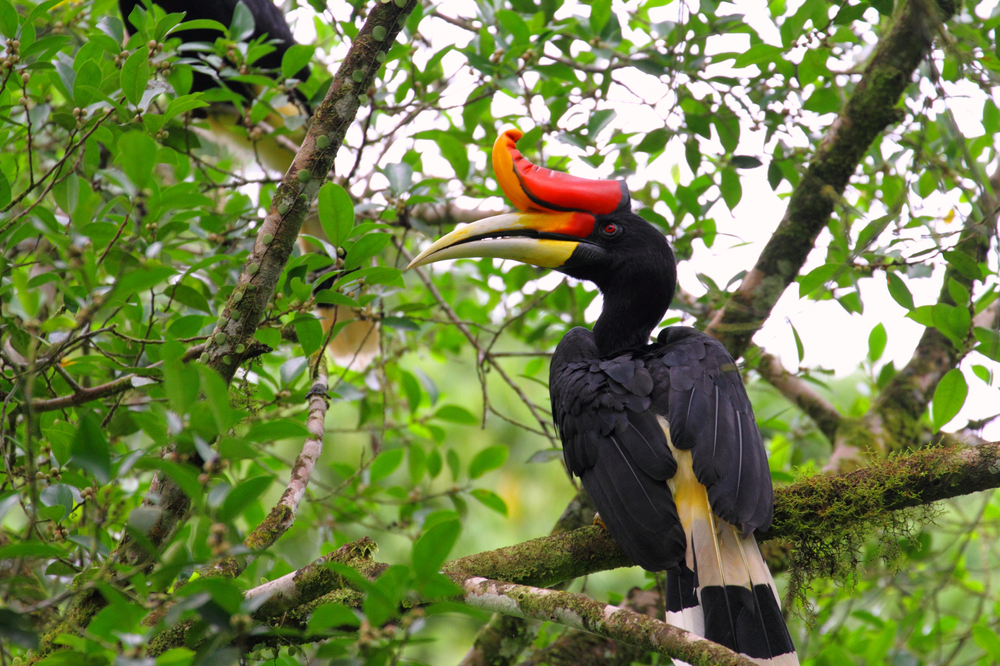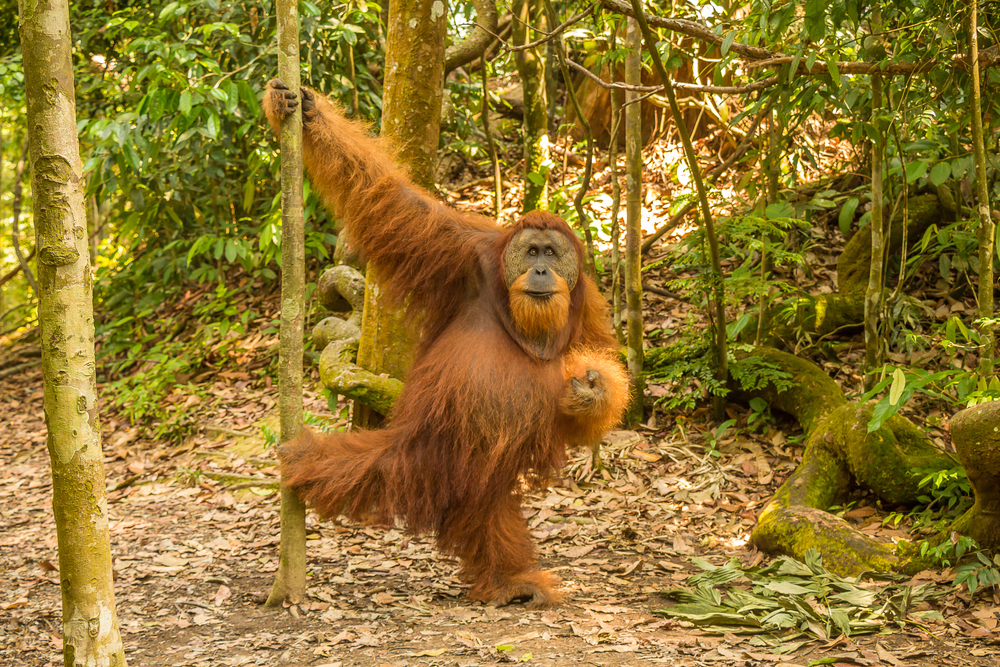Meru Betiri Overview
Meru Betiri National Park, located in East Java, Indonesia, is a stunning ecological sanctuary covering approximately 224 square miles (580 square kilometers). Its name originates from the Meru Betiri mountain range that dominates the landscape.
This park, situated near the southern coast of Java, is bordered by the Indian Ocean and is home to a diverse array of ecosystems, making it a haven for both wildlife and nature enthusiasts. The terrain of Meru Betiri National Park is characterized by dense tropical rainforests, mangroves, coastal lowlands, and rugged mountain ranges, with elevations reaching up to 3,871 feet (1,180 meters) at Mount Betiri.
Rivers and streams meander through the park, creating picturesque waterfalls such as the Sukamade Waterfall, a highlight for many visitors. The coastal areas, including Sukamade Beach, are renowned for their pristine beauty and serve as key nesting sites for sea turtles. The vegetation in the park is equally diverse, ranging from towering teak and mahogany trees in the lowlands to pandanus plants and coastal shrubs near the shore.
Wildlife enthusiasts are drawn to Meru Betiri for its rich biodiversity. The park is famously known as one of the last habitats of the now critically endangered Javan leopard and was once believed to shelter the now-extinct Javan tiger. It is also home to other mammals such as banteng (wild cattle), dhole (Asiatic wild dogs), and the Javan mongoose.
Birdwatchers can delight in spotting species like the green peafowl, the rhinoceros hornbill, and various kingfishers and eagles. The park’s coastal areas are crucial for marine life, especially as a nesting ground for green turtles, hawksbill turtles, and occasionally olive ridley turtles.
Visitors to Meru Betiri National Park often seek out its unique features and engaging activities. Sukamade Beach is particularly famous for its turtle conservation program, where visitors can witness turtles laying their eggs and participate in the release of hatchlings into the sea.
Jungle trekking and guided hikes are popular ways to explore the dense forests and enjoy the breathtaking scenery of the park’s rugged terrain. Birdwatching and wildlife spotting are common pursuits, as are relaxing on the park’s unspoiled beaches. The park also offers opportunities for river exploration and camping in its serene natural surroundings.
Meru Betiri faces several conservation challenges, including illegal logging, poaching, and habitat degradation. However, there have been notable successes in conservation efforts, particularly in the protection of sea turtles and the establishment of patrols to combat illegal activities. Local and international organizations, along with the park’s management, work diligently to preserve the unique ecosystems of Meru Betiri, ensuring its continued survival for future generations.








































































